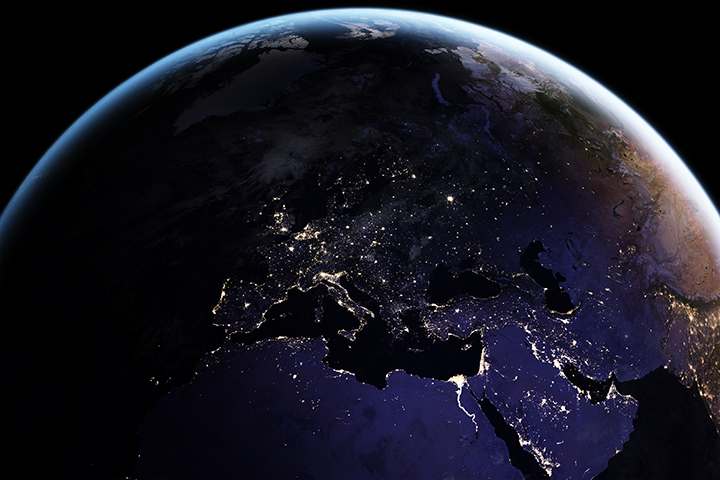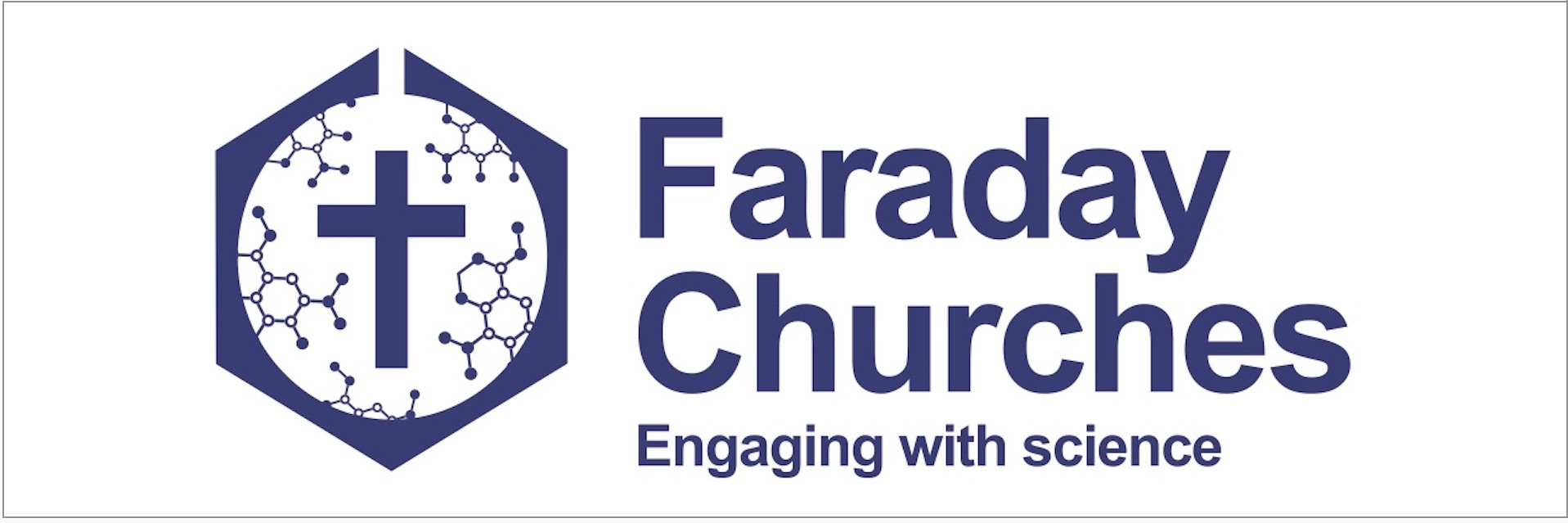
NASA
The world is one tiny piece within a vast universe – so vast that I, at least, can scarce comprehend it. The world we inhabit is one planet within a solar system . . . within a galaxy . . . within the universe. Our sun is just one of between 200 billion and 400 billion stars in the Milky Way galaxy, and earth is just one of at least 100 billion planets. There may also be ten billion white dwarfs, a billion neutron stars and a hundred million black holes. And that is just one galaxy out of possibly two trillion galaxies! …
Most nights I consider it a clear night if I can see Orion and the Big Dipper, and it is a sad reality that most of us are seldom in places that are dark enough at night for us to enjoy the stars in all their splendour. In fact, light pollution is now so bad that more than one third of the human population is no longer able to see the Milky Way. In Chapter One we reflected on NASA’s ‘black marble’ images, realizing that the earth at night is electric with lights criss-crossing across the globe.…
In our previous chapter we looked down at the ground beneath our feet and what has sprung forth from it. Now, we look up into the vast magnitude of space and see there a different kind of beauty and wonder. Saturn’s rings are asteroids, moons and comets, shattered into billions of tiny frozen ice chunks by Saturn’s gravity and pulled into gravitational orbit around the planet, glittering brightly. Gas giant Jupiter is a swirl of cold, windy clouds of ammonia and water, floating in an atmosphere of hydrogen and helium, and its famous Great Red Spot is a giant storm bigger than Earth that has been raging for hundreds of years. Close-up images reveal vivid colours twirling into stunning patterns, looking like an abstract painting of oils and watercolours. By contrast, Uranus exists in cold, white, icy magnificence…
Solomon was known for his great wisdom and insight about plants and trees. How he would have marvelled at the work being done by astronomical scientists today as they push back the frontiers of our knowledge about space! And how we wonder too at the vastness of the universe and at the fact that, amidst the billions of galaxies, stars and planets, we are here, on a tiny planet that is teeming with life. We can only join in with the Psalmist in exclaiming,
When I consider your heavens, the work of your fingers,
the moon and the stars, which you have set in place,
what is mankind that you are mindful of them, human beings
that you care for them? (Ps. 8.3–4)
It is not only we human beings who praise the Creator: the heavenly bodies join in too:
The heavens declare the glory of God;
the skies proclaim the work of his hands….(Ps. 19.1)
Light pollution is a challenge not only because it prevents us enjoying the aesthetics of a starry night sky, but because it can have fatal consequences for creatures that use both the dark and light in particular ways. One significant marine problem is the death of thousands of baby turtles each year in Florida. When they hatch on the beach (generally at night but also in the early morning or late afternoon) they have an inbuilt orientation away from the dark shapes of the dunes towards the brightest direction, which naturally is the sea reflecting the night sky. However, the Florida beaches are lined with properties with artificial lighting that draws the hatchlings away from the sea, ultimately leading to their death by dehydration, predation or being run over…numerous studies show that artificial light at night [also] causes disruption for millions of migratory birds…
To help us appreciate the wonders of the night sky and to enable other creatures to flourish, we need to reduce the amount of light we produce at night. For those of us in countries where solar lamps in the garden are fashionable, we can decide not to use them, however pretty they might look. In many countries, where shops and offices that leave their lights on, we could ask them either to turn them off or, if security is an issue, reduce the brightness. And likewise, we can contact our local authorities and ask them to turn off or lower street lighting and install downward facing lights that transmit less light upwards into the sky. If we are part of a church that shares its building with bats, we can help by ensuring we turn off lighting that is near a bat roost, so as not to cause disturbance and potential abandonment…
The work of Jesus is rooted in the natural world – not only in his parables and teaching but also through the seminal moments of his life. He is the Lord of all creation and it should therefore be no surprise that this is the case, or that the winds and the waves obey him…Jesus’ birth is announced by a great heavenly company of angels, who appear to shepherds on a hillside with their sheep, and by a star that alerts the magi and leads them to where Jesus lies. The Word who was with God and was God in the beginning; the Word through whom all things were made; the Word who brings light into the world . . . his birth is accompanied by a night sky illuminated by the glory of the Lord and by a bright shining star. The heavens do indeed declare the glory of the Lord as, in the incarnation, the Creator takes on the flesh of his creation, and comes to live among us so that we might be redeemed and brought back to life in God. And then, as we have noted previously, his death – as he bears our sin in his earthly body – is accompanied by a dramatic response in the natural world, as the sun stops shining…
Romans 8 looks forward to this time, when the children of God will be revealed and creation will be set free from its bondage to decay. As Tom Wright says, ‘Creation will enjoy the freedom which comes when God’s children are glorified – in other words, the liberation which will result from the sovereign rule, under the overlordship of Jesus the Messiah, of all those who are given new, resurrection life by the Spirit’.
This is a wonderful vision that motivates our hopeful action today…Therefore, every action we choose to take that looks after this world (even when it’s raining . . . or too hot . . . or inconvenient . . . or maybe more expensive . . . or not the usual thing to do and makes us look different . . .) shows our wish to live in anticipation of the future that Jesus’ death on the cross and the presence of his Holy Spirit guarantees, as we move towards towards the future glory that God will reveal through his creation.
 Excerpts from Chapter 4, “Let there be lights in the sky”, in Ruth Valerio, Saying Yes to Life: The Archbishop’s Lent Book 2020 (SPCK, Dec 2019), reproduced here with permission of the publisher.
Excerpts from Chapter 4, “Let there be lights in the sky”, in Ruth Valerio, Saying Yes to Life: The Archbishop’s Lent Book 2020 (SPCK, Dec 2019), reproduced here with permission of the publisher.
Don’t miss this chapter’s interview with Professor Sir Martin Rees, Astronomer Royal and former Master of Trinity College, Cambridge, and President of the Royal Society.
A devotional resource called Live Lent (download a sample) was been produced to complement this book, and is available during Lent 2020 for £1.99 (adult version) or £1.50 (family version).




